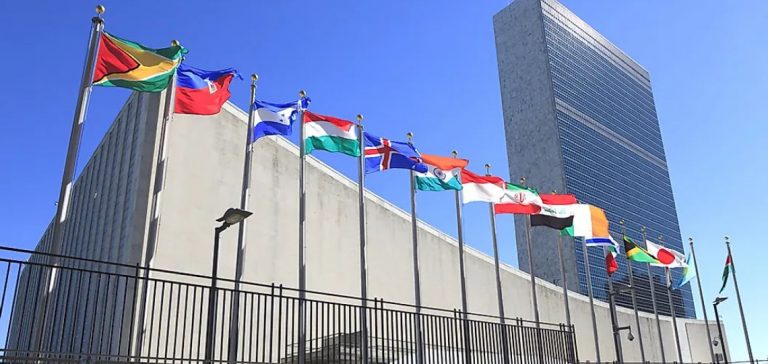The United Nations body responsible for formulating guidelines for a global carbon market under Article 6.4 of the Paris Agreement has agreed on standards for project methodologies and carbon removals. This decision has been described as “significant” and unprecedented by industry sources and analysts, marking a major advancement for voluntary carbon markets.
The decision, adopted during the most recent meeting in Baku on October 9, allows developers to begin submitting methodologies to the Supervisory Body (SBM). Unlike the initial recommendations intended for the Paris Agreement signatories (CMA) at the 29th Conference of the Parties (COP29), the SBM chose to create standards, thereby accelerating the operationalization process of this key carbon crediting mechanism.
A Decisive Step Towards Operationalization
According to the SBM, the agreed standards are essential for making the mechanism fully operational. “The supervisory body has also accepted recommendations that will be reviewed at the upcoming COP29 climate summit,” the SBM stated in a press release on October 10. Article 6.4 allows a company in one country to reduce its emissions domestically and sell those reductions to another company in a different country, thereby creating a new structure for the global carbon market.
Industry Reactions
Analysts and industry sources believe this advancement paves the way for tangible progress in the operationalization of Article 6.4, with potentially far-reaching consequences. Andrea Bonzanni, Director of International Policy at the International Emissions Trading Association, commented, “I understand this was done to streamline approval at COP29 and allow for updating the standards with more flexibility, which is a good thing.”
Dana Agrotti, Lead Carbon Analyst at S&P Global Commodity Insights, added, “The recently published document is effectively a standard according to which methodologies for removal activities can be designed by the SBM itself, designated operational entities, and private developers. This could unlock additional supply of engineered removal credits.”
Acceleration of Methodology Submissions
With the publication of the standards, project developers can now submit their methodologies to the Methodology Expert Panel under the SBM’s auspices. This step is crucial for the validation and issuance of Article 6.4 eligible units, pending progress in upcoming negotiations.
Negotiations to activate Article 6.4 have been arduous in recent years, primarily due to concerns related to the integrity and methodologies of carbon removal projects. The recent agreement aims to overcome these obstacles by establishing clear and operational criteria.
Impact on the Global Carbon Market
The operationalization of Article 6.4 is expected to create a new market for carbon credits, thereby increasing overall demand. The eligibility rules defined by the UN will ensure the quality and integrity of issued credits, enhancing the confidence of investors and participating companies.
The SBM has committed to swiftly develop and implement the standards while ensuring regulatory stability. A report on the progress made in implementing the methodologies will be included in the annual report to the CMA, ensuring ongoing transparency and accountability.
Future Perspectives
The establishment of these standards also opens the door to future adjustments, allowing continuous adaptation to market developments and environmental needs. This flexibility is essential to maintain the relevance and effectiveness of the carbon credit mechanism in the long term.
Initiatives like those of Platts, a subsidiary of Commodity Insights, which assesses a wide range of high-quality voluntary carbon credit funding projects demonstrating additionality, permanence, exclusive claim, and co-benefits, underscore the importance of robust standards to ensure the additionality, permanence, and co-benefits of issued credits.






















